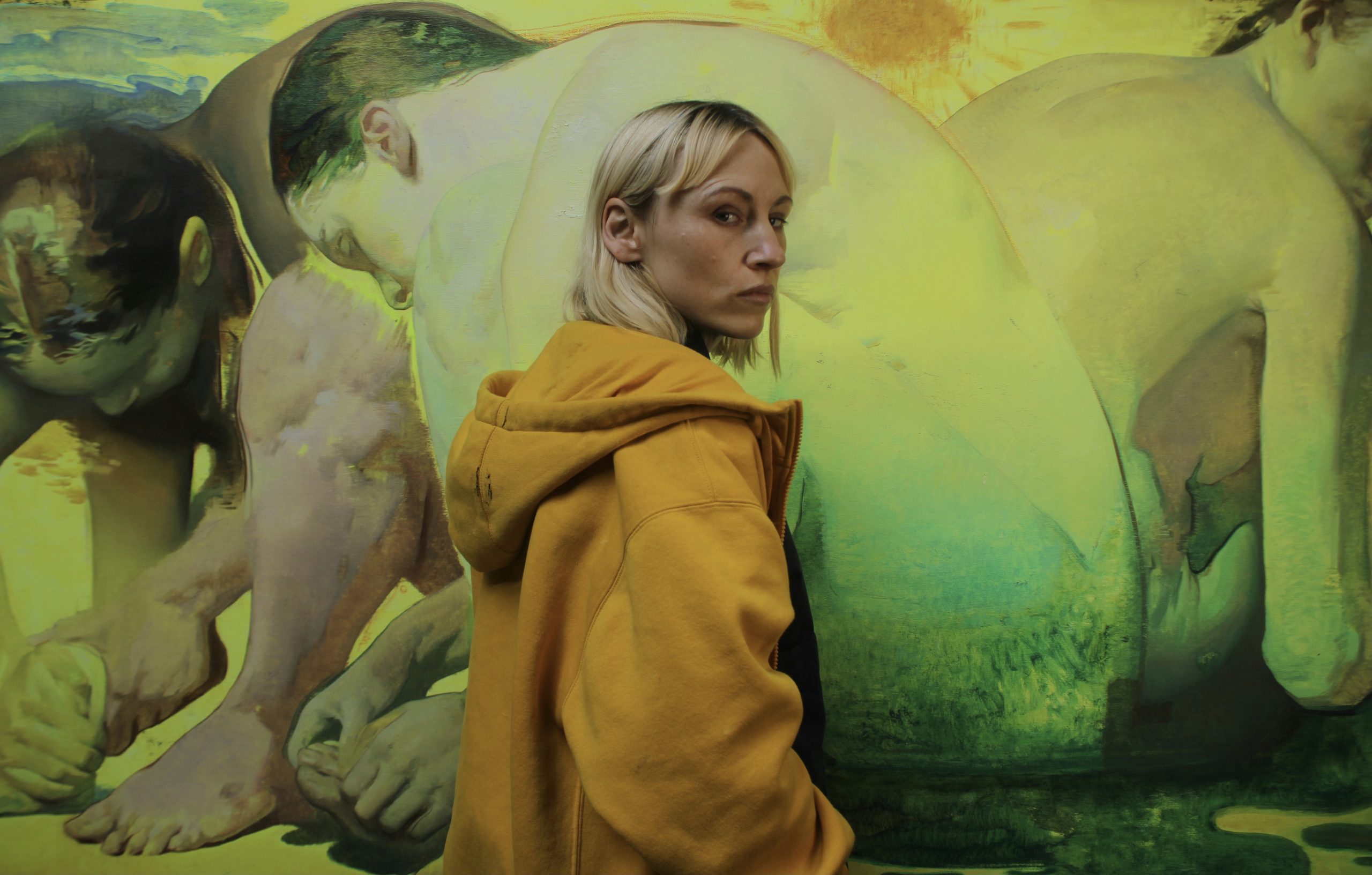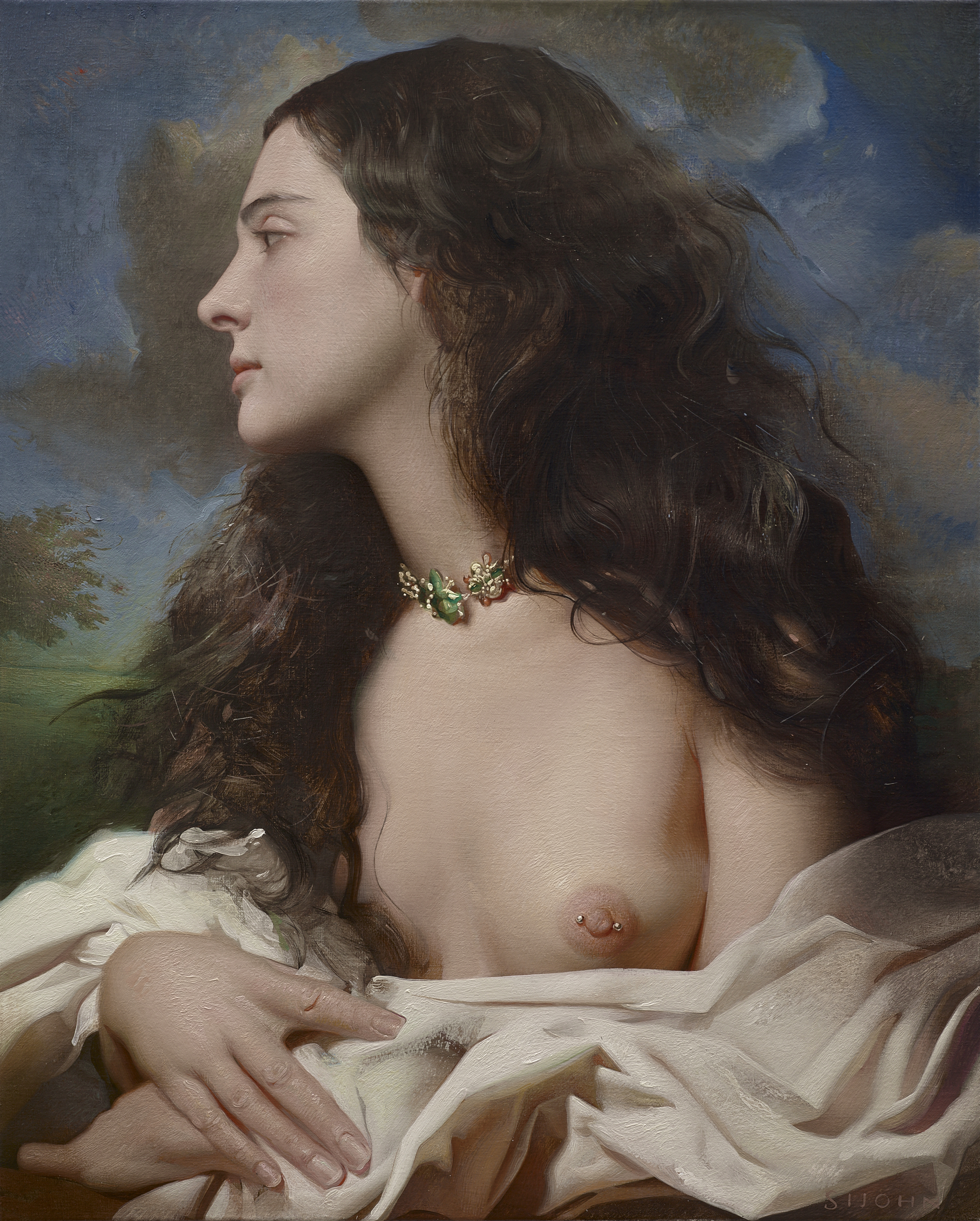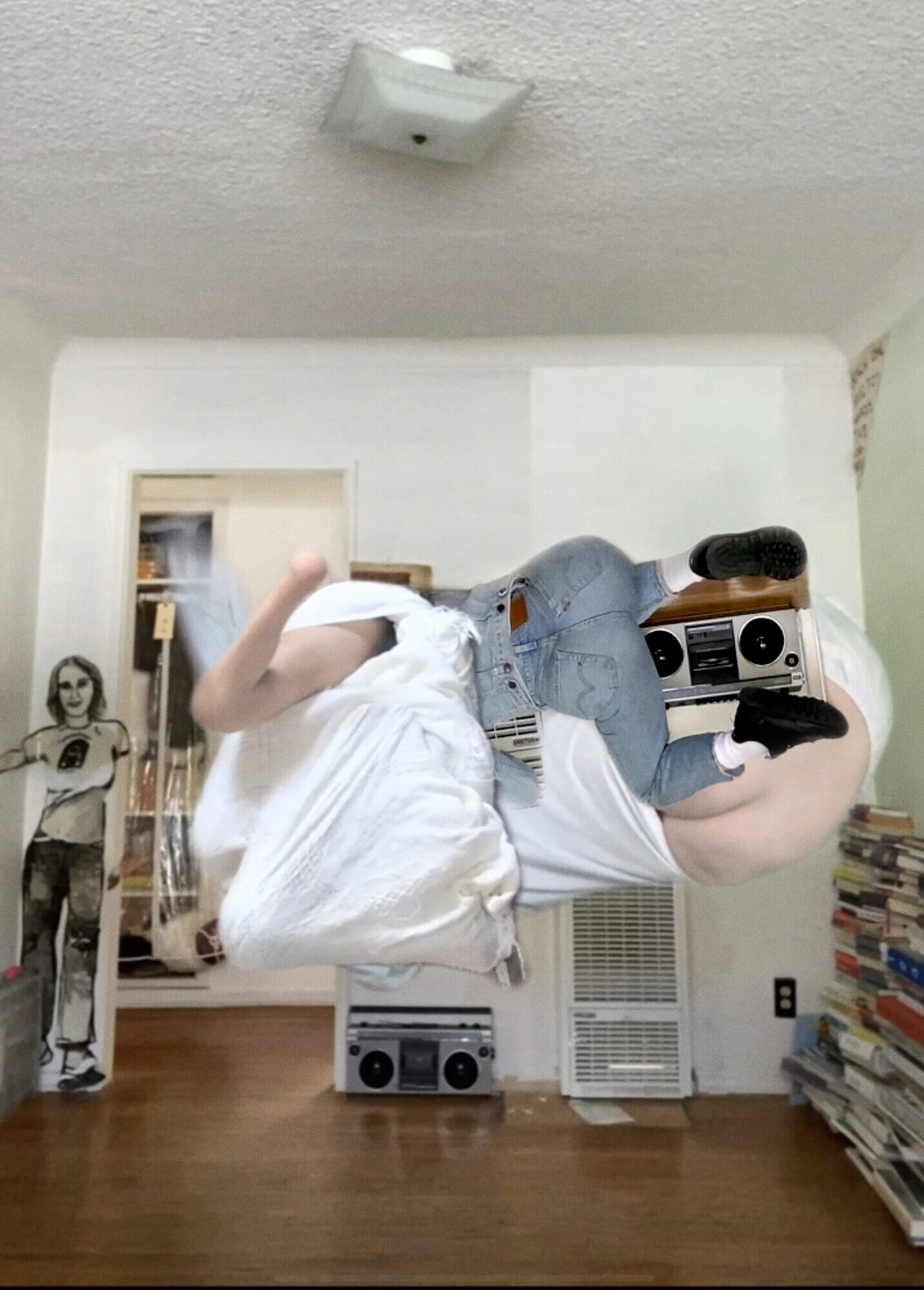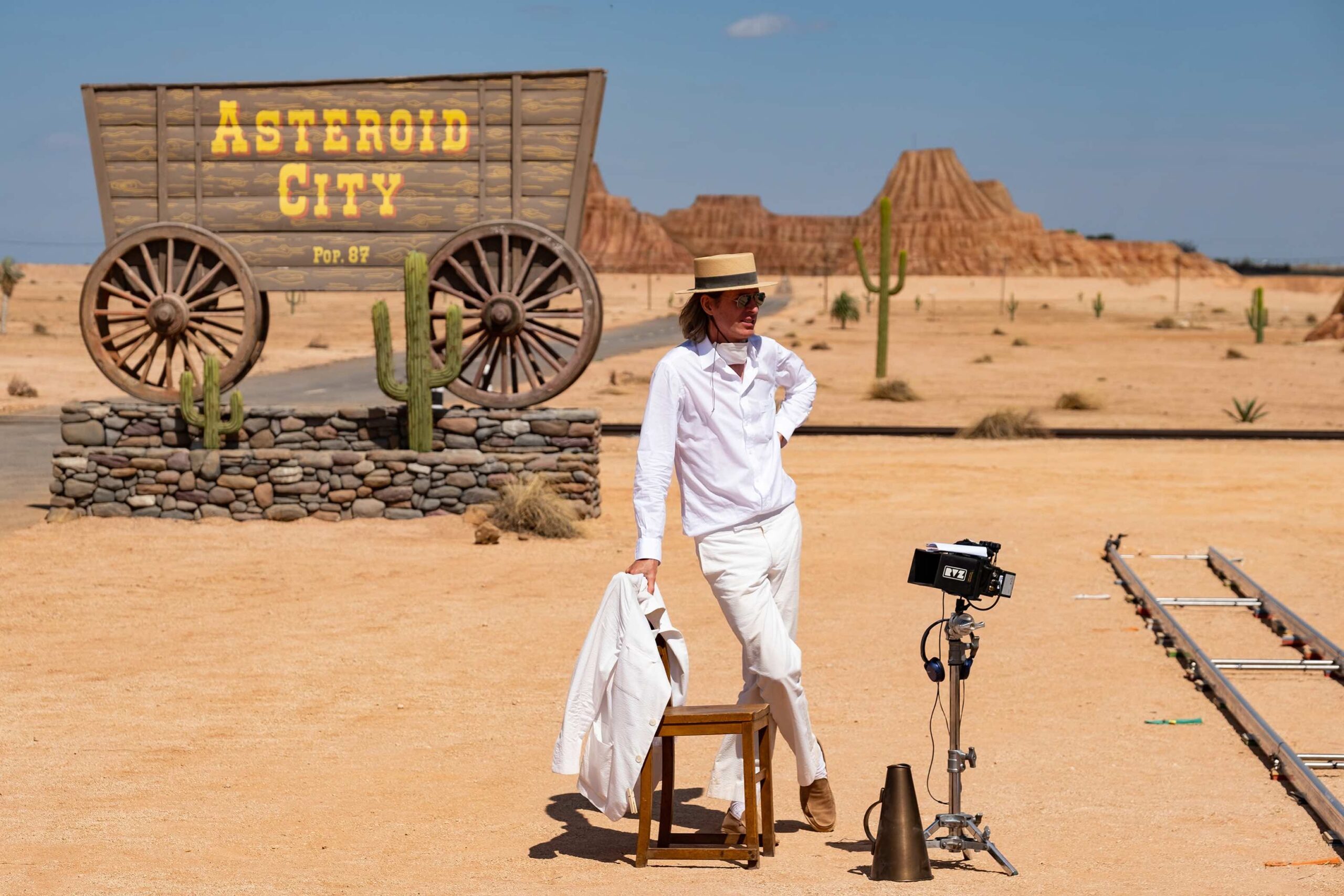Barry and St. John are partners in life, painting, and parenthood, and the protagonists of Ride the Tiger, a long journey that brought together two creative visions built from a shared experience.
The couple got closer when in Rome, where they both studied at the American Academy, and came back to New York afterwards, to approach the revolution in American figurative painting.
Therefore, their ancient art romantic knowledge met the pop culture. “I quickly started forming a resentment against ancient Rome,” says Barry, detaching from the nude sculptures in ancient courtyards so far from the crushing immediacy of the U.S. “There was definitely a cognitive dissonance. Everything we had set up in this classical study didn’t match up with living in New York in the 2010’s.
This realization marks the couple’s best paintings, that came when they realize, ‘I have to live in the world.’
In depth, St. John’s portraits are depictions of people as the actress Hari Nef and the gallerist and musician Ruby Zarsky, all transgenders subjects, inspiring new approaches to representation and identity: when painting his works, the artist is driven by the desire to represent and give space to those who advocate relentlessly for what they believe in, with the aim to invite contemporary conversations about representation, marginalization, and the connection to intersectional identity.
“Ride the Tiger is less about a coherent conceptual model for painting, and more about an attitude, a flamboyant approach to art and life.”
On the other hand, Barry’s artworks express a subtle melancholy, neon nostalgia, presented boldly and in the nude, all for intimate public consumption. Colleen’s approach diverges from classical figurative painting, being expressive in displaying a more personal representation and projection of the artists’s feelings towards today’s world.
“A lot of what is happening today in the commercial art world looks exactly like what was happening in the Salon in the 19th century,” says St. John. “There are unintended consequences of closed systems.We see ourselves as artists who would be more comfortable in the Salon des Refusés (Exhibition of the Rejects), despite our painting using these so-called classic materials and techniques and featuring subjects that are actively maneuvering in these same elite social spheres.”








